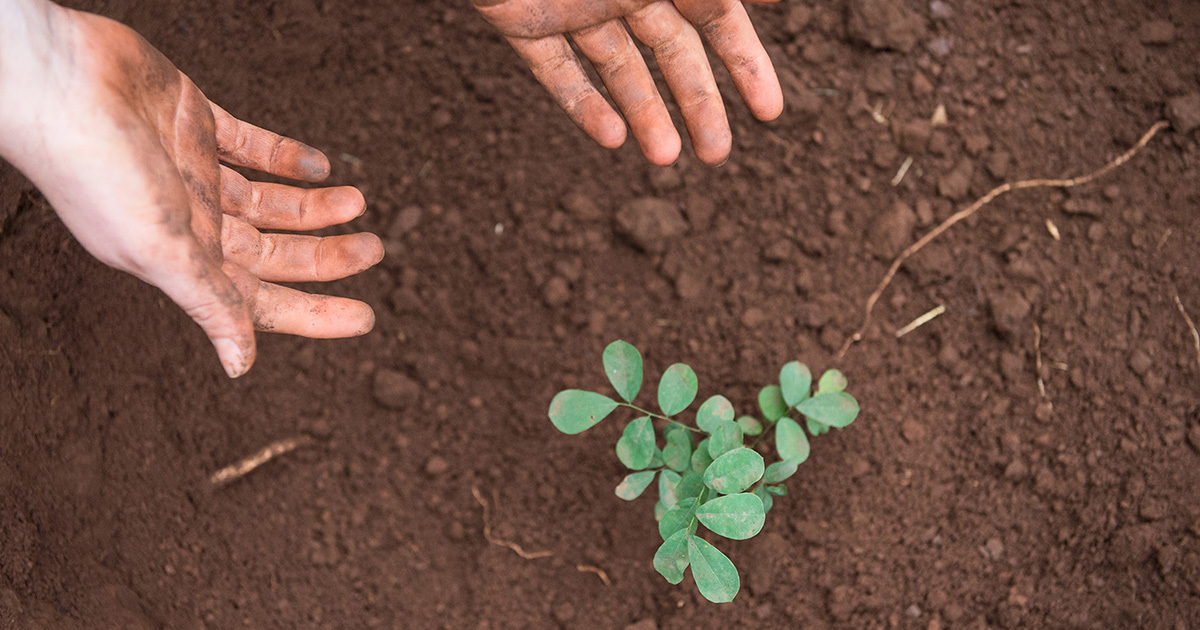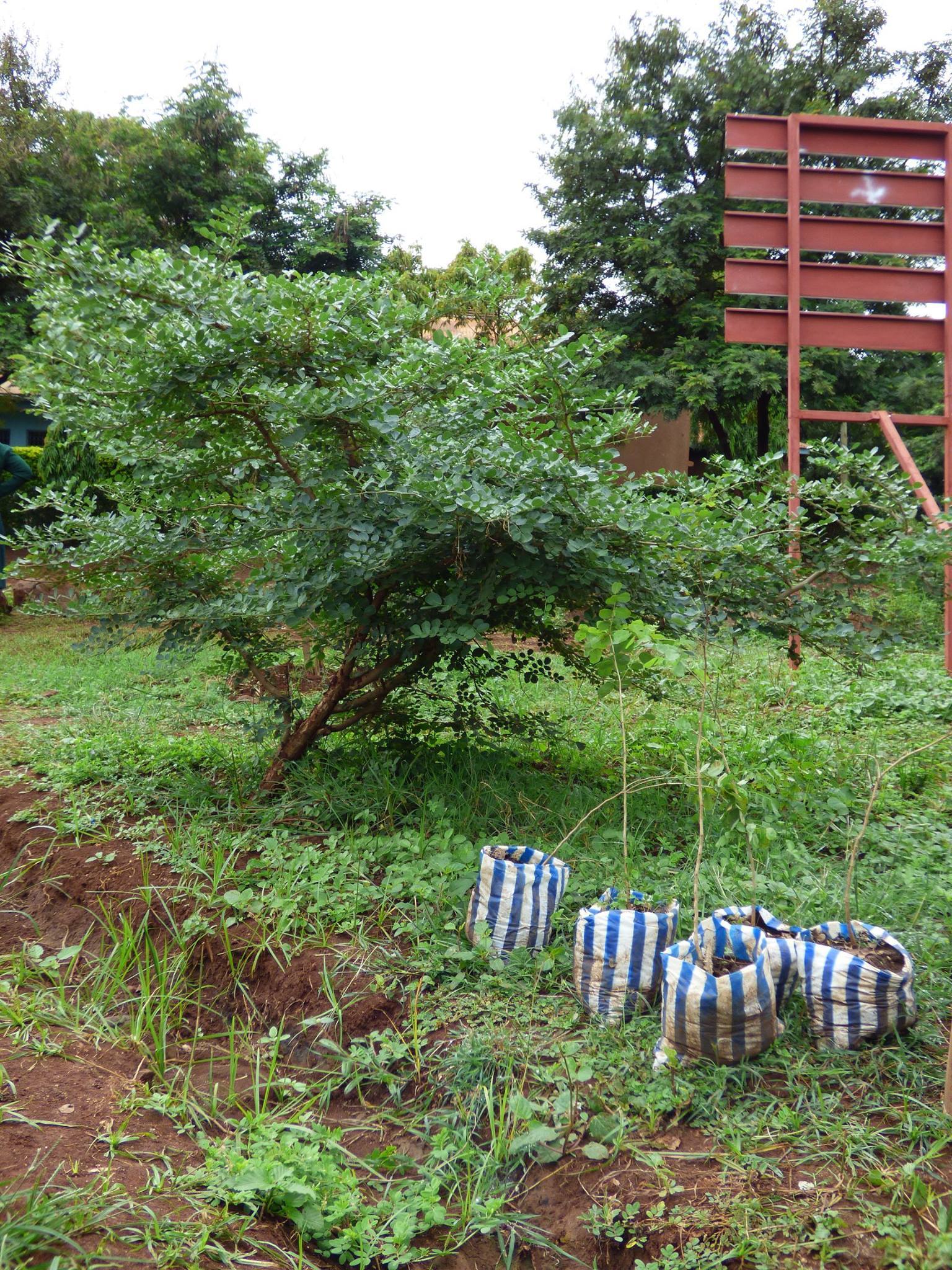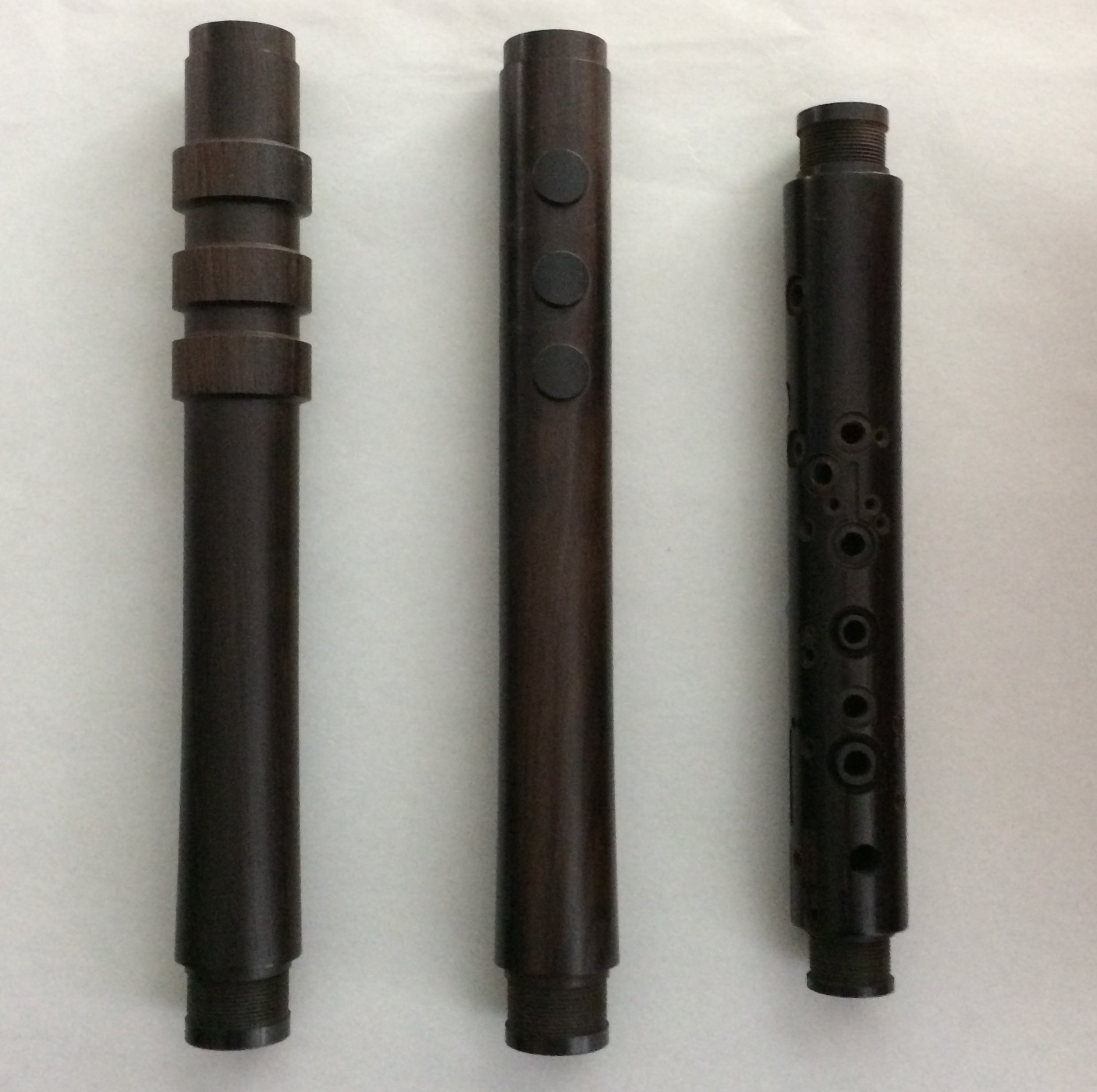The Magic Musical Wood of the Clarinet
by Mitchell Estrin
Date Posted: March 05, 2019

Baby Mpingo tree. Photo courtesy of the Daraja Music Initiative (DMI)
Mpingo Wood Explained
Next time you take your clarinet out of the case, take a closer look at the wood that holds all of the rings, keys, posts, rods, springs, screws, and corks. This remarkable wood is most likely Mpingo (Dalbergia melanoxylon).
Mpingo (Swahili name) is also known by a variety of other names, including grenadilla, African blackwood, and ebony. Regardless of what you call it, this wood is nothing short of a Mother Nature miracle.
Mpingo trees only grow in two countries in the entire world - Tanzania and Mozambique on the African continent. In order to be used in the manufacturing of a clarinet, a tree must mature for at least 60 years before it can be harvested. The wood is so hard and dense that any blade or saw used in the cutting process must be sharpened constantly. Of the wood harvested from a tree, only about 10% is usable in the making of a clarinet. This fact, combined with the intensive labor involved in the cutting, immense weight of the wood, and increasing rarity of the trees, make Mpingo wood the most expensive wood in the world, rivaling gold bullion.

Grown Mpingo and Baby Mpingo. Photo courtesy of the Daraja Music Initiative (DMI)
Other Instruments Using Mpingo
Mpingo is also used to make oboes, the black keys on the piano, as well as fingerboards and tuning pegs on string instruments. Not only is the wood expensive and labor intensive to cut, a significant amount of the 10% selected for musical instrument production cracks or splits during the manufacturing process, further adding to the cost.
"Of the wood harvested from a tree, only about 10% is usable in the making of a clarinet." - Mitchell Estrin
Clarinets from the Past
Early clarinets were made primarily from Boxwood (Buxus sempervirens). Boxwood is softer than Mpingo and does not have the density to produce a sound which can resound through the huge concert halls of today. The industrial revolution produced large concert halls and manufacturing facilities which could handle Mpingo wood production.

Billets of Mpingo wood at various stages of clarinet production. Photo courtesy of Mitchell Estrin
Mpingo Conservation
Due to a combination of natural and man-made fires, cultivation of natural land for housing, and the harvesting of immature trees, the survival of the Mpingo tree is in danger. Fortunately, conservationists, instrument companies, and preservationist groups have emerged to advocate for this precious natural resource. Such organizations as Daraja Music Initiative and Mpingo Conservation & Development Initiativeare at the vanguard of this movement. The enactment of an international agreement between world governments called CITIES (the Convention on International Trade in Endangered Species of Wild Fauna and Flora) is also contributing to the protection and conservation of Mpingo.
If you look closely at your clarinet, note the intricate keywork and how much hardware is required to hold all of the keys on the instrument. Then marvel at this magical wood that not only can be drilled to the most exacting tolerances, but also produces the deep resonant characteristic tone of the clarinet. All this and with nimble flexibility and an extraordinary dynamic range! You hold in your hands a splendid example of the power and beauty of Mother Nature.